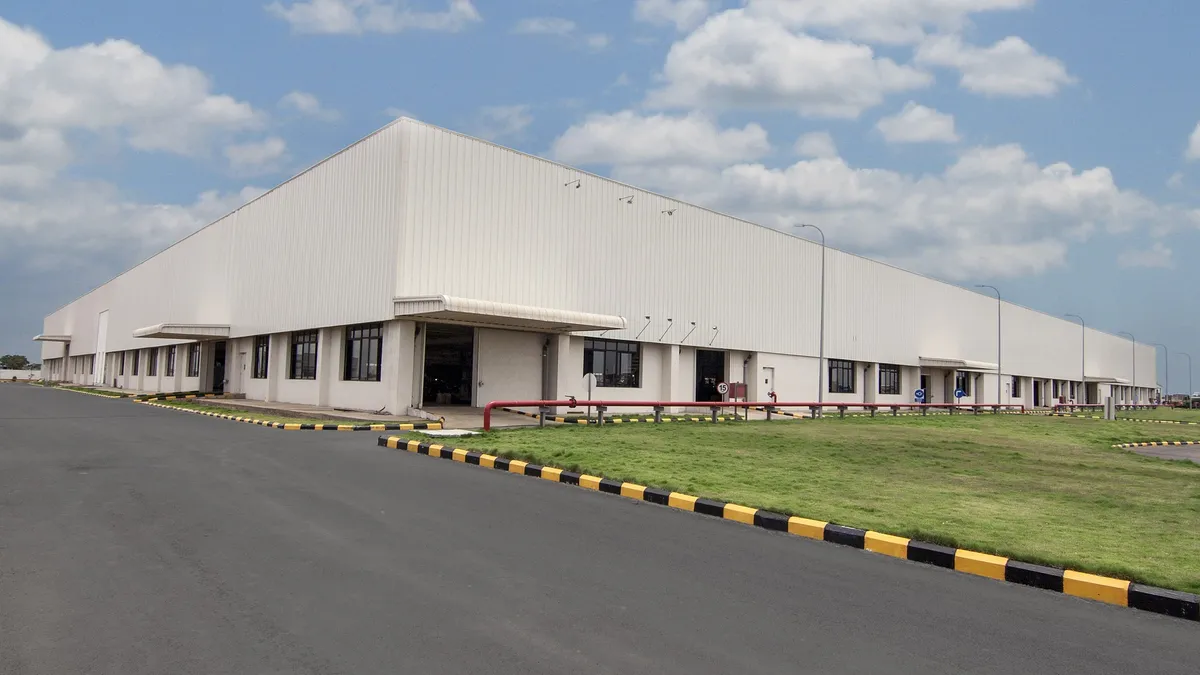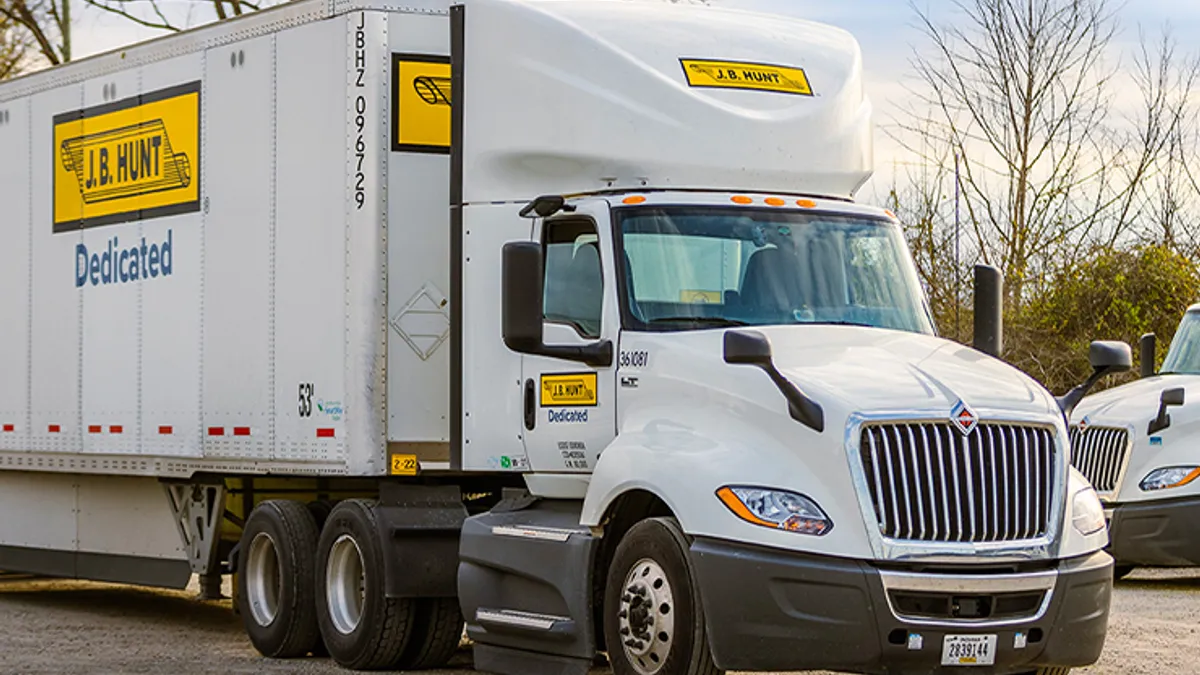Editor's Note: This article is part of a series on the Amazon effect on logistics. All stories in this series can be found here.
Fast and free shipping has retailers rushing to fulfill orders, but to do so, they must first invest in expanding their logistics networks.
It seems every day Amazon is opening a new distribution center. In 2006 they had eight centrally located centers. By 2016, that number had risen to 90, per the National Bureau of Economic Research. In the next year or so, Amazon’s logistics footprint will expand to more than 100 facilities.
If retailers are to compete, they need warehouses and space – a trend that’s driving industrial vacancies to all-time lows, particularly in highly populated areas.
To reach the consumer, go where they live
Growth of these warehouses is high in port areas and those with large population centers, said Kevin Hatcher, senior vice president at Colliers International, who follows industrial real estate.
Specializing in Northern California, he cites other industrial gateway coastal areas like Savannah, New York/New Jersey, Long Beach/Los Angeles and Seattle as also showing high growth. Inland markets like greater Los Angeles, Dallas, Chicago, and to a lesser extent Memphis and Atlanta, are also growing.
In most of these markets, Amazon, FedEx and UPS are the top three tenants in footprint and overall reach. But other retailers need space too, so others will occupy a prominent space in different markets. In Northern California, for example, it’s Apple and Tesla with a high industrial real estate presence since their supplier networks are in high growth mode.
Retailers [must] get closer to these customers because they’re demanding same-day service

Kevin Hatcher
Senior Vice President, Colliers International
Hatcher says the construction boom in the Bay Area started at the end of 2012. If he includes the Central Valley (Tracy, Manteca and Stockton areas), there’s been 30 million square feet of property built without a specific tenant in mind since 2012. Hatcher says the amount of building in the infill Los Angeles area is probably 10 times that of the Bay Area market.
“That’s the number one industrial market globally,” he said. With more available land, there’s an enormous amount of construction. “It’s a gigantic market that services the entire country from the Port of Long Beach,” he said. Companies want a small port presence, with a larger inland empire footprint to distribute goods regionally and nationally. He estimates that the area has 30 million square feet under construction at any given time.
Creating warehouses based on function and distance
The reason for this growth? Changes in e-commerce. “The theme is a lot more prevalent in markets where e-commerce vendors want to get closer to their customer,” Hatcher says. That means markets with dense, high population demographics and high income. Warehouse designs may be different depending on location and need. Those in urban areas delivering perishable products in hours, not days, need a different layout and more personnel than larger sortation warehouses which can be further outside of urban areas, but still within reasonable driving distance.
It’s important for retailers to get closer to these customers because they’re demanding same-day service, some involving one to two hour deliveries. “You can’t do that from three hours away,” he says.
Data for the above map was collected and is owned by MWPVL International Inc. Data on Amazon's global network can also be found on their website.
The warehouses closer to customers are high touch parcel sortation facilities, rather than those storing goods on 50-foot-high pallets. High touch warehouses are typically closer to or in the population centers, and use more space per square foot of inventory since the items are not on pallets.
E-commerce consumers may order anything from food and beverages to books and TVs. As a result, many warehouses have conveyor systems in them, tracking products by barcode. Much of it is automated, but in the higher touch warehouses, much has yet to automate.
“There’s a higher employee count per square foot in the urban areas, because those types of operations necessitate that people are touching and handling those parcels,” he said.
What the Amazon effect means for retailers and the third-party logistics companies
The Amazon effect has led to a high demand for warehouse and distribution center workers, as well as a few less appealing side effects.
Jobs in retail overall are dropping, for example, and their economic displacement is not perfect. A report by the Institute for Self-Reliance found distribution centers, although employing more people due to raw growth, are also becoming increasingly automated.
For these same reasons, however, the third-party logistics market is also booming. “We all know there is cost associated with shipping, including infrastructure to provide the experience, trucks, buildings, personnel, and the models out there are increasingly more efficient,” said Sean Flaherty, senior director of global retail strategy at UPS.
As retailers look to offer free shipping, and seek to more easily store their products in centrally-located distribution centers, they often turn to outside parties like FedEx and UPS are investing in their fulfillment solutions. Retailers can outsource their logistics, without having to build or find warehouse space on their own. The growth in infrastructure can positively affect retailer options.
FedEx says its fulfillment company is right at the sweet spot of small and medium size retailers who are not able to manage their own inventory. That can result in lower shipping costs and fewer days to get the products into customer hands, as length of distance directly impacts shipping cost.





















